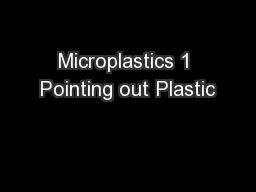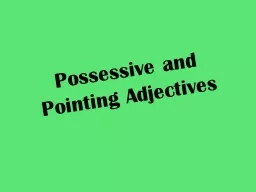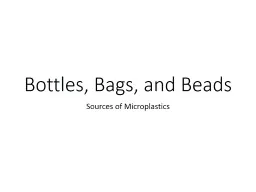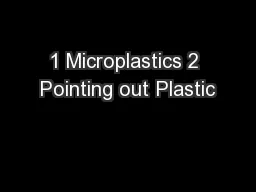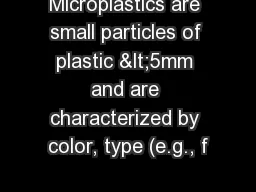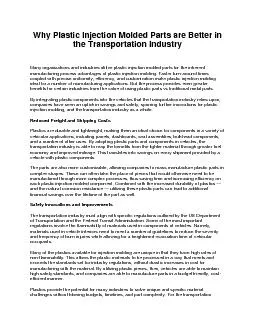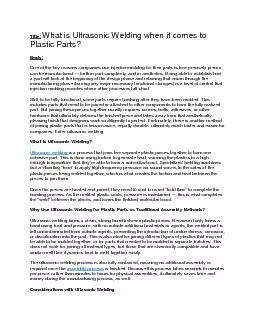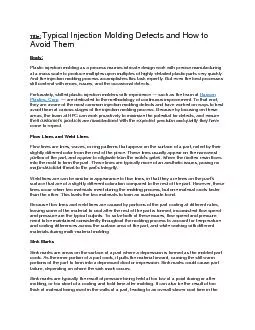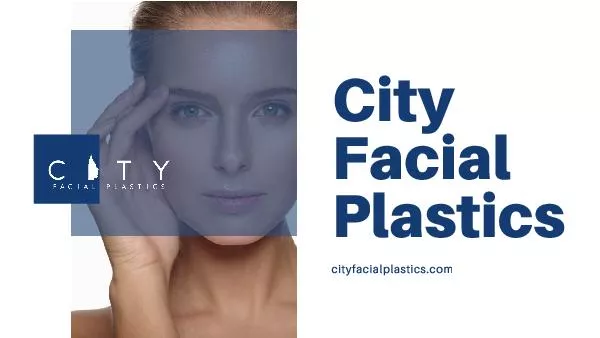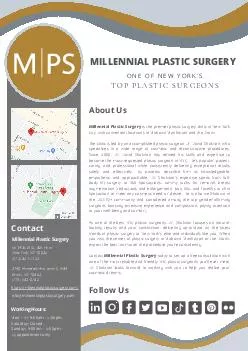PPT-Microplastics 1 Pointing out Plastic
Author : jane-oiler | Published Date : 2018-11-05
Plastics can be found in many products at school and home Plastics are created by from or There are lots of types of plastics people oil n atural gas
Presentation Embed Code
Download Presentation
Download Presentation The PPT/PDF document "Microplastics 1 Pointing out Plastic" is the property of its rightful owner. Permission is granted to download and print the materials on this website for personal, non-commercial use only, and to display it on your personal computer provided you do not modify the materials and that you retain all copyright notices contained in the materials. By downloading content from our website, you accept the terms of this agreement.
Microplastics 1 Pointing out Plastic: Transcript
Download Rules Of Document
"Microplastics 1 Pointing out Plastic"The content belongs to its owner. You may download and print it for personal use, without modification, and keep all copyright notices. By downloading, you agree to these terms.
Related Documents

